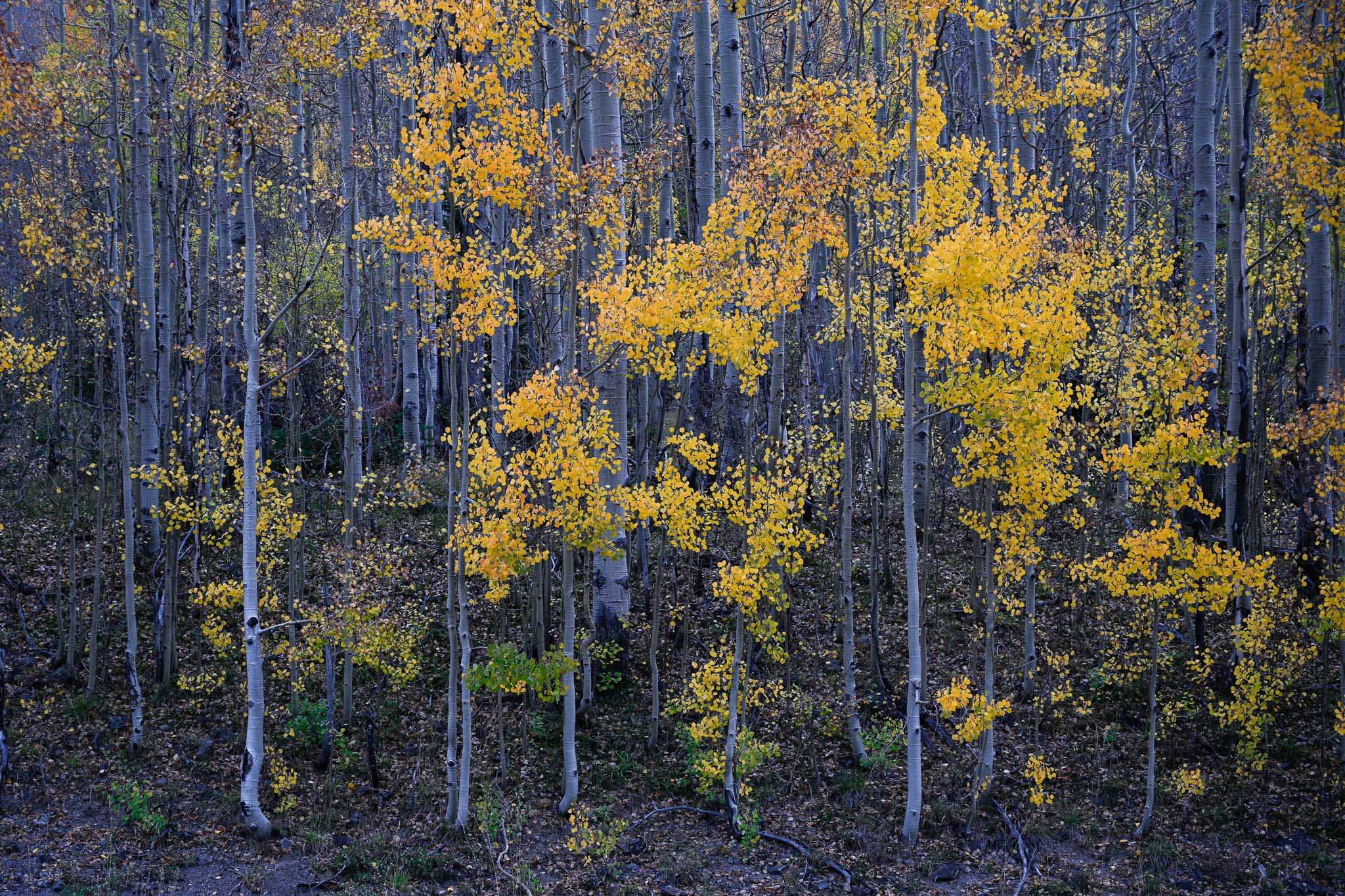I just happened to see this newsletter from Jared Lloyd from the Journal of Wildlife Photography covering what I was talking about in my last post.
Over the last couple of months, I have tried to spell out a simplified approached to thinking about how we set our exposures in the field.
If you have to “think” about it, if you are “experimenting” to get it right, if you do not have a quick and easy means of setting your exposure and nailing a proper histogram on the fly, then you are always going to struggle with wildlife photography.
As I explained in one of the first parts of this series of articles, wildlife photography is different than other types of photography. We are not always afforded the time and luxury to suss out all the details of exposure like we can with landscape photography.
This isn’t to say that all wildlife photography is “run and gun,” as the saying goes.
By no means.
Often, there is extraordinary amounts of sitting and waiting. Patience happens to be another important trait to master in this game. And in these situations, we may have time to think through technical minutiae.
But as any working photographer or cinematographer will tell you, the action, the thing you have been waiting for, always seems to occur in that moment when you are distracted, when you are looking at the back of your camera, checking your histogram, fiddling with something, tweaking settings, or as seems to typically be the case for me, taking a sip of coffee from a thermos.
So, even then, even when we seemingly have all the time in the world to think through the technical settings in great detail, we often don’t.
At the heart of this series is the simple fact that no amount of technical perfection is ever going to create a compelling photograph.
Being able to “nail” your exposure or decide on the right autofocus area mode for the situation simply means you are now capable of stepping up to the starting line.
That’s it. Nothing more.
It’s the equivalent of knowing how to hit a G chord on a guitar, or knowing how to make a brush stroke on a canvas.
And yet, in today’s world of photography, we often find our community obsessing over these rudimentary and somewhat arbitrary concepts.
Honestly, I think this is the fault of photo instructors in general. Teaching the technical side of photography is the easy stuff. It can be a bit like math. 1 + 1 = 2. It doesn’t take effort to discuss ISO settings and dynamic range and autofocus systems. Sure, these things are important to know. But given that these things are the low-hanging fruit when it comes to teaching this stuff, I think this has created a fetish with technical perfection at the expense of creative expression.
This is why I wrote this series about changing the way we “see” and think about exposure.
The only things that are more rudimentary in photography are attaching a lens, inserting a memory card, and turning on the camera.
If you want to progress with wildlife photography, the first thing you need to do is simplify the concept of exposure down to the point where you don’t even need to think about it. Only then can we devote ourselves to the real task at hand: creating compelling visual art that captures the imagination of our viewer.

 photographylife.com
photographylife.com

 photographylife.com
photographylife.com



